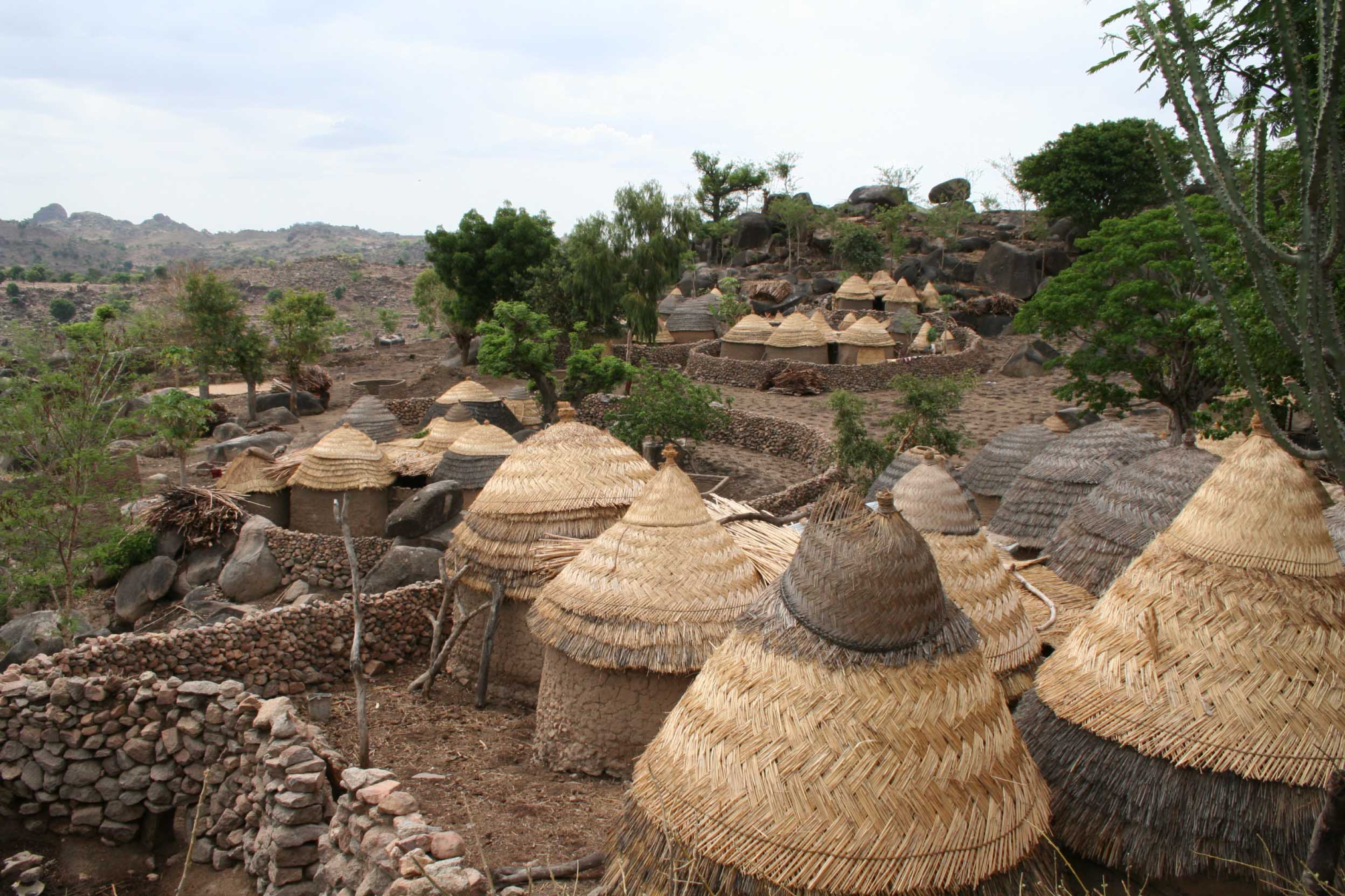UNESCO World Heritage Sites in India are:
- Agra Fort
- Ajanta Caves
- Ellora Caves
- Taj Mahal
- Group of Monuments at Mahabalipuram
- Sun Temple, Konârak
- Kaziranga National Park
- Keoladeo National Park
- Manas Wildlife Sanctuary
- Churches and Convents of Goa
- Fatehpur Sikri
- Group of Monuments at Hampi
- Khajuraho Group of Monuments
- Elephanta Caves
- Great Living Chola Temples
- Group of Monuments at Pattadakal
- Sundarbans National Park
- Nanda Devi and Valley of Flowers National Parks
- Buddhist Monuments at Sanchi
- Humayun’s Tomb, Delhi
- Qutb Minar and its Monuments, Delhi
- Mountain Railways of India
- Mahabodhi Temple Complex at Bodh Gaya
- Rock Shelters of Bhimbetka
- Champaner-Pavagadh Archaeological Park
- Chhatrapati Shivaji Terminus (formerly Victoria Terminus)
- Red Fort Complex
- The Jantar Mantar, Jaipur
- Western Ghats
- Hill Forts of Rajasthan
- Great Himalayan National Park Conservation Area
- Rani-ki-Vav (the Queen’s Stepwell) at Patan, Gujarat
- Archaeological Site of Nalanda Mahavihara at Nalanda, Bihar
- Khangchendzonga National Park
- The Architectural Work of Le Corbusier, an Outstanding Contribution to the Modern Movement
- Historic City of Ahmadabad
- Victorian Gothic and Art Deco Ensembles of Mumbai
- Jaipur City, Rajasthan
- Dholavira: a Harappan City
- Kakatiya Rudreshwara (Ramappa) Temple, Telangana
- Sacred Ensembles of the Hoysalas
- Santiniketan
> View other UNESCO World Heritage Sites
More on World Heritage Sites
UNESCO (United Nations Educational, Scientific and Cultural Organization) World Heritage Sites comprise 1,199 properties.

World heritage property is a legacy from the past, that people live with today, and pass on to future generations.

The cultural and natural heritage are both irreplaceable sources of knowledge and inspiration.





UNESCO seeks to encourage the identification, protection and preservation of cultural and natural heritage around the world that are considered to be of outstanding value to humanity. This is embodied in an international treaty known as the Convention concerning the Protection of the World Cultural and Natural Heritage, adopted by UNESCO in 1972.
A World Heritage Site is an area or landmark designated by UNESCO for having cultural, historical, scientific or other forms of significance. The sites have legal protection by an international convention.
A World Heritage Site is nominated by their host country and determined by the international committee to be a unique landmark which is geographically and historically identifiable and having a special cultural or physical significance. World Heritage Sites are usually ones with ancient features, historical structures, buildings, cities, deserts, forests, islands, lakes, monuments or mountains.
The site may signify a remarkable accomplishment of people and serve as evidence of intellectual history or a place of unparralled natural beauty.
The sites are intended for practical conservation for posterity, which otherwise would be subject to risk from human or animal trespassing, unmonitored, uncontrolled or unrestricted access, or threat from local administrative negligence. Sites are demarcated by UNESCO as protected zones.
The programme catalogues, names, and conserves sites of outstanding cultural or natural importance.
The work began with the Convention Concerning the Protection of the World’s Cultural and Natural Heritage. The convention was adopted by the General Conference of UNESCO on 16 November 1972. Since then, 195 states have ratified the convention, making it one of the most widely recognised international agreements and a popular cultural programme.

